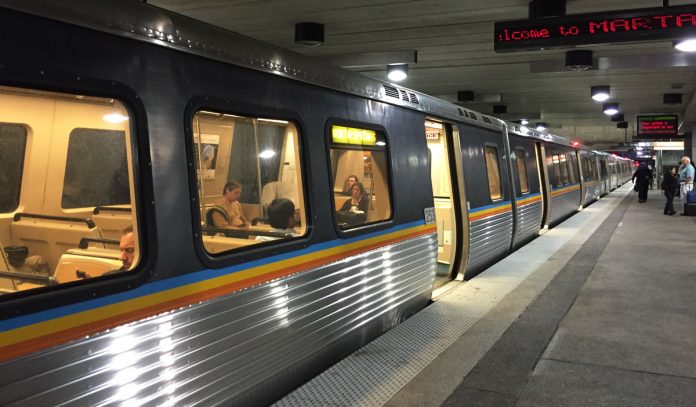
As MARTA board chairman, Robbie Ashe has no shortage of semi-solicited advice on how to improve Atlanta’s transit system.
“The number one complaint I hear about MARTA is that there’s not enough of it,” said Ashe. “It doesn’t go where people need to go, or it doesn’t go there often enough, or it doesn’t go there at the times they need it.”
The solution to all of these problems, Ashe asserts, is a yes vote for the half-penny sales tax referendum on November 8 “for the purpose of significantly expanding and enhancing MARTA transit service,” as the ballot language has it.
As usual, though, the official wording falls somewhat short in describing the scope and detail of what is being proposed. For starters, the $2.5 billion in improvements would include a light rail loop along the BeltLine. Other potential light rail routes would run into far southwest Atlanta; along the Clifton Road corridor to the Emory University campus; and even criss-crossing Midtown and areas close to downtown. New transit centers would be built in the Greenbriar and Moores Mill areas. And the underperforming Atlanta Streetcar would gain renewed relevance by being extended east and west to connect with the BeltLine.
“We have a once-in-a-generation opportunity to transform how Atlanta lives, works, and plays over the next few decades,” said Ashe, adding that the additional .5-cents sales tax would enable the largest expansion of the city’s transit grid since MARTA launched its first heavy-rail line 40 years ago.
That’s why he and other MARTA boosters are busily taking part in voter education seminars across the city in advance of next month’s vote. This Wednesday, he’ll appear at one such gathering in Little Five Points aimed at millennials and hosted by local transit advocacy group More MARTA.
Not that Ashe is worried about support from millennials, who are generally more transit-friendly than their elders. In fact, he believes most Atlantans would vote yes for MARTA expansion—if they get that far down the ballot. The challenge, he said, is that the transit referendum sits at the very end of a long series of constitutional amendments and special-election questions that could induce what politicos call “voter fatigue,” in which the last few ballot measures are ignored. Ashe said it’s not unusual to see nearly a third of voters leave their ballots unfinished, so the success of the MARTA referendum may hinge not simply on motivating Atlantans to turn out to the polls, but to power through to the end of the ballot.
Next Tuesday, MARTA will up the firepower, bringing Mayor Kasim Reed and former Mayor Sam Massell—who famously championed the 1971 referendum that created MARTA—together with Ashe and system General Manager Keith Parker in a forum at the Atlanta History Center co-hosted by More MARTA.
If the half-penny tax is approved, Ashe said the system would move quickly to expand bus service, with more routes and longer hours of service, in order to provide riders with an immediate upgrade. The proposed light rail lines would be rolled out over the next 40 years, along with heavy rail extensions and dedicated bus rapid transit lanes along Northside Drive and I-20 east.
The Nov. 8 referendum is limited to Atlanta voters, but if the measure passes by a strong margin, it could spur moves to expand MARTA beyond the city limits and even refuel interest in bringing the system to surrounding counties, Ashe said.














